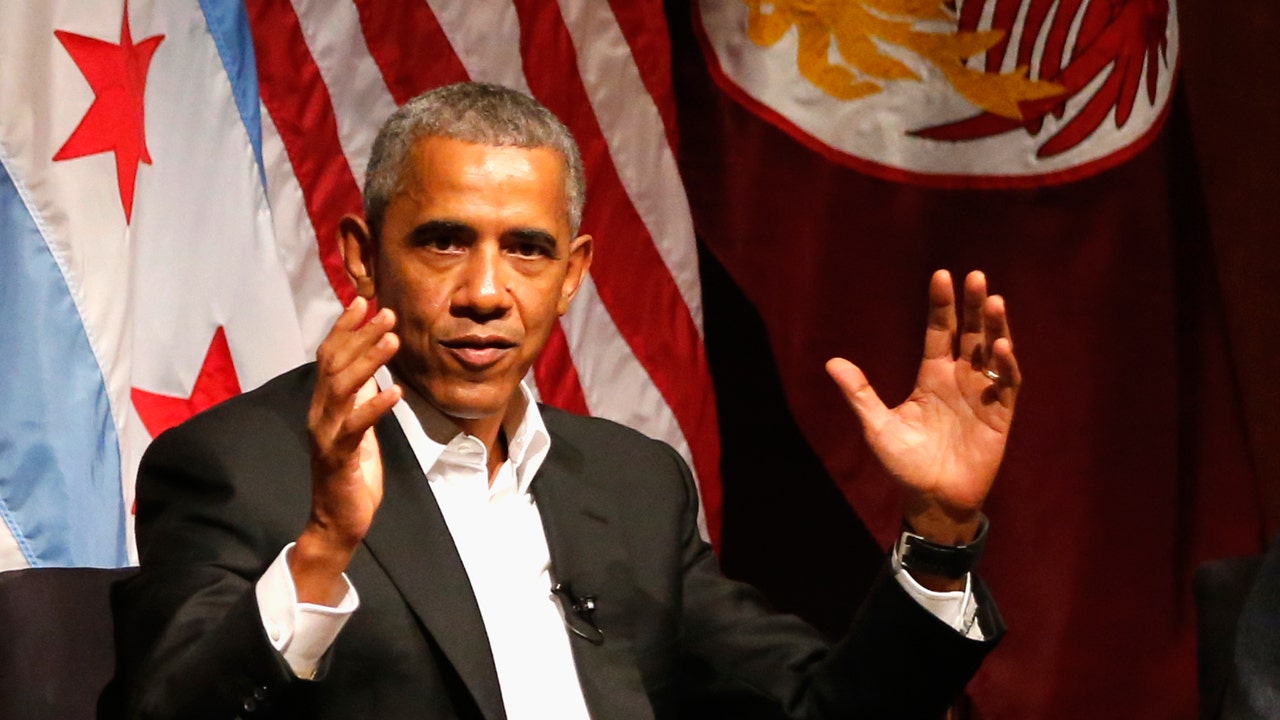
U.S. government gave $3.7million grant to Wuhan lab that experimented on coronavirus source bats - Sound Health and Lasting Wealth
The Chinese laboratory at the center of scrutiny over a potential coronavirus leak has been using U.S. government money to carry out research on bats from
 www.soundhealthandlastingwealth.com
www.soundhealthandlastingwealth.com
What with the Koran stuff he is spewing? Why did he ok giving Wuhan 3.7 mil bucks to continue experiments with bats and a virus?
Is any of this waving red flags? It should.

